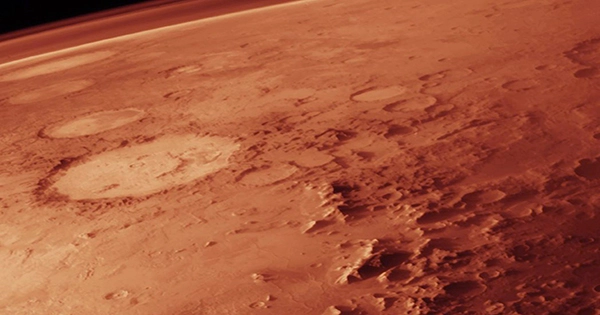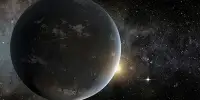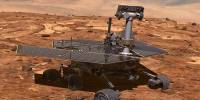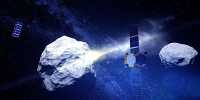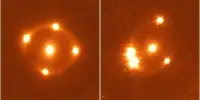On Mars, dust devils are a frequent occurrence, but Perseverance has now successfully photographed one up close for the first time. The NASA rover captured the first audio and video of the event on the Red Planet from inside the dust devil.
Dust devils are produced when a column of warmer air rises and briefly stirs up dust. They resemble small tornadoes. They are frequently observed on Mars by rovers and orbiters, usually in the form of ghostly transients far away.
However, Perseverance was able to come close to one on September 27, 2021. The rover was able to take an unparalleled close-up of the event with numerous instruments at once because a sizable dust devil arrived and then passed directly over the top of it.
The view from inside the storm’s eye was recorded by Perseverance’s left navigation camera as a dust devil approached the rover. The wind speed, atmospheric pressure, temperature, and dust concentration were all recorded by the rover’s weather sensor suite. Finally, when the dust devil passed by, the SuperCam’s microphone captured the unsettling rumble of the wind.
Together, these measurements allowed NASA scientists to determine that the dust devil in question was at least 118 meters (387 feet) tall, 25 meters (82 feet) broad, and moving at a speed of around 19 kilometers per hour (12 mph).
The action is depicted in the video below from the views of the various instruments. The navigation camera’s raw video is displayed in the top feed. The second image has been enhanced to show how the dust density changes over time. The lowest density is represented by blue specks, which rise to purple and then yellow for the highest density.
A graphic showing the apparent decrease in air pressure as observed by the weather sensor suite may be found in the third row down. The audio that the microphone recorded is represented visually in the bottom row.
The weather on Mars can be better understood by scientists by looking at dust devils from various perspectives, which could be helpful knowledge for upcoming missions, including prospective human visitors.
